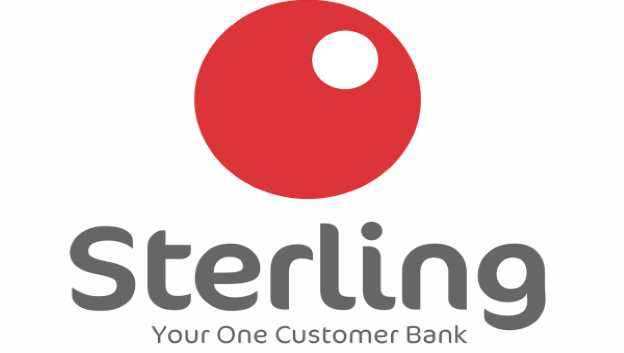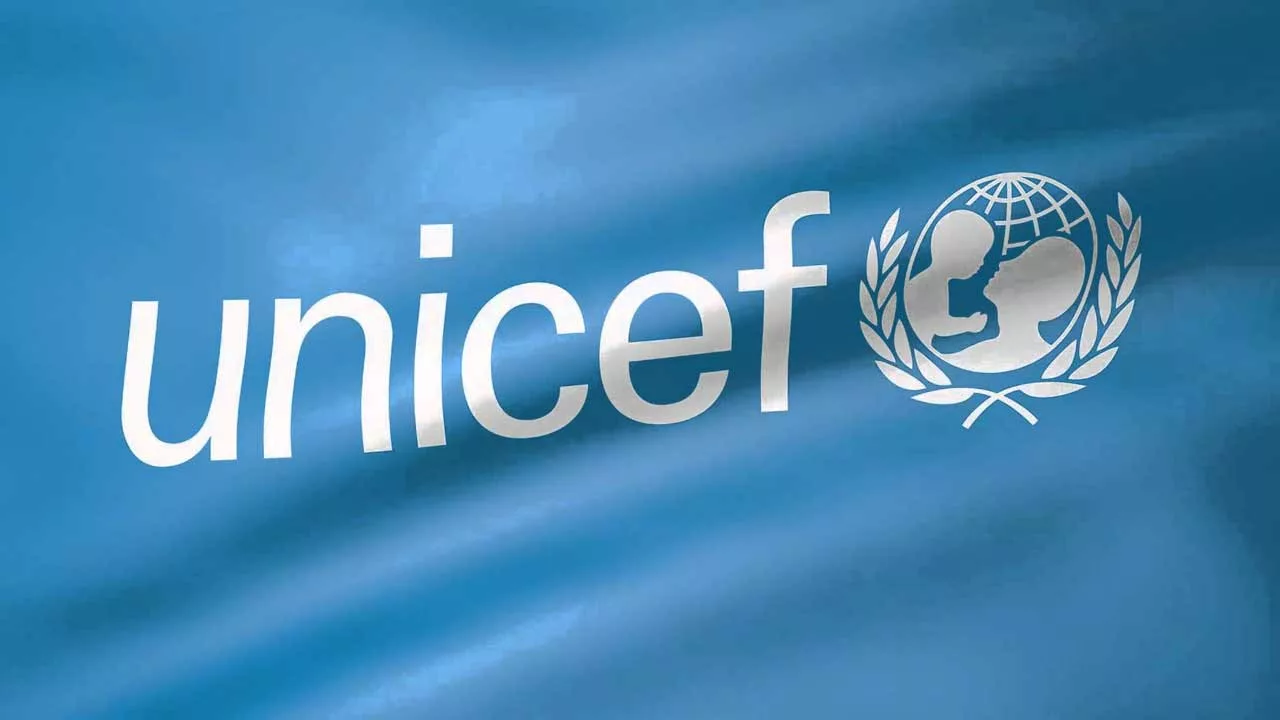Nigeria’s estimated 10,000km of waterways ordinarily should be something that boosts the economy, but that is a far cry from what is obtainable with about 3,000km of the waters navigable. SULEIMAN IDRIS takes a look at efforts by the National Inland Waterways Authority (NIWA) to change the narrative.
Earlier this year, 2024, the federal government disclosed plans to dredge about 2,000 kilometres of Nigeria’s inland waterways as part of President Bola Tinubu’s policy on developing an intermodal transport system to ease the high cost of transporting goods to different parts of the country, especially from the country’s seaports.
Increasing navigable waterways from 3,000km to 5,000km
A new impetus has however been added with the directive by the Managing Director of the National Inland Waterways Authority (NIWA), Bola Oyebamiji to NIWA Area Managers to increase the navigable waterways from 3,000km to 5,000km across the country.
No doubt the waters are not immune to the multifaceted challenges of the various modes of transportation in Nigeria; however experts are optimistic that the new paradigm shift being experienced under the new NIWA leadership will not only bring succour to Nigerians’ dependence on water transport to earn a living but will also boost economic activities and thus, contribute significantly to the country’s economic growth.
A close look suggests that confidence is growing in the safety of the inland waters with reduction in incidents of boat mishaps in different parts of the country. The last one year has seen significant investment and drive that promote safety culture in jetties and other platforms through which passengers and goods are transported.
President Bola Tinubu appointed the erstwhile Osun State Commissioner for Finance as the NIWA MD in October 2023 and since then the Nigeria inland waterways has been the better for it.
The paradigm shift
A notable paradigm shift of the Tinubu administration was the Performance Bond entered into by the President with his cabinet members which was cascaded down the line by the ministers to government agencies, departments and parastatals. NIWA was not an exception. Upon resumption, Mr. Bola Oyebamiji replicated the presidential example with his management with the novel Performance Management System (PMS) with the clear admonition during his maiden management retreat with the management team that there will not be room for compromise in the discharge of their duties and responsibilities.
According to him, the new PMS which replaced the agency’s former Annual Performance Evaluation Report (APER) will serve as the new staff performance evaluation mechanism. At the ‘Special Retreat’ tagged “Repositioning NIWA for excellence’ the MD affirmed that whilst some staff are billed to design policy directions, a team was also selected as drivers of the new policies.
While signing the Performance Bond with his team the MD said, “As the Minister of Marine and Blue Economy and the Permanent Secretary have signed a performance bond with Mr. President, I have equally signed my performance bond with the Minister and the Permanent Secretary, and today, the NIWA management team will be signing a performance bond with me to ensure everybody delivers on their mandate.”
Notable projects
Revamping hope in the large expanse of water in the country is no doubt a task that must be kick started with a step. The NIWA has commissioned 15 boats with different capacities and for various purposes that are designed to enhance water surveillance, its safety enforcement, and emergency response on the inland waterways.
Among the commissioned facilities include a fleet of three surveillance boats, five safety enforcement boats, a gun patrol boat, a 62-seater passenger boat as a pilot scheme to replace traditional wooden canoes, three water ambulances, and two hydrographic survey boats equipped with multi-beam echo sounders.
The Minister of Marine and Blue Economy, Gboyega Oyetola, who commissioned the facilities explained that “The Federal Ministry of Marine and Blue Economy is determined to maximize the comparative advantages our maritime resources present in line with President Bola Ahmed Tinubu’s Renewed Hope Agenda.
“These initiatives fulfill our commitment to ensuring our inland waterways are well-utilised for both cargo shipment and passenger transportation.”
The novel transportation code
A new Waterways Transportation Code, the offshoot of the Inland Waterways Transportation Regulations 2023 launched by the Ministry of Marine and Blue Economy is serving as the impetus to standardise water transportation, minimise accidents, and provide a structured environment for potential investors.
An upbeat Oyebamiji was elated at the speed the document was gazette and enthused that “After receiving my appointment letter, the Minister of Marine and Blue Economy charged me to find a lasting solution to incessant accidents on the waterways.
”In response to that charge, my team and I have already put measures in place to address that situation. The first thing we did was to ensure that the Inland Waterways Transportation Regulation (2023) for safety regulations on the inland waterways was gazetted.
According to him, “The process to have the code gazetted had been on for so many years. However, within six months, we have been able to conclude the process and the code has been launched by our minister.”
He said further that “The Code will guide the operations of boat operators on the inland waterways, regulate the conduct of passengers using the waterways; and provide a framework for potential investors in water transportation. This would no doubt help to eliminate incessant accidents on our Waterways.”
A new safety culture
Part of the measures to reposition the waterways for its potential boom was to ensure the safety of passengers and goods that traverse them. To achieve the vision, the Ministry of Marine and Blue Economy launched 80 water marshals to monitor critical loading and unloading points across different locations in the country.
Mr. Oyetola said the initiative is aimed at reducing the rate of accidents on the waterways by enforcing the Transportation Code at all times. Also a safety campaigns programme by NIWA has gained momentum across the country as the federal government rises to position the inland waterways as a veritable mode of transportation.
Driving investment in the waterways
Part of the mandate for the new marine and blue economy ministry was to attract significant private investments that will explore the potentials in the inland waterways. The initiative no doubt is being spearheaded by the NIWA boss who began a tour of Onitsha, Warri and Port Harcourt Offices of the agency where he held talks and called for private sector participation in the blue economy initiative with a view to harnessing greater benefits for national development.
Oyebimiji said NIWA is determined to revamp the nation’s economy by consolidating on Public/Private Partnerships (PPP) initiatives.
For him “This initiative is part of our deliberate plans to open up new opportunities to maximise the full economic potential of the nation’s waterways.
“The PPP is the way to go but we need people or investors, who have genuine intentions and purposes to enable us to align with President Bola Tinubu’s Renewed Hope Agenda for economic recovery.”
A Prospective Future
No doubt expanding the length of navigable inland waterways remain the focal point of the federal government investment, the NIWA boss told journalists that the directive is being assimilated by his Area Managers as he charged them to increase the length of the current navigable waterways from 3000kilometres to 5,000km.
He added that NIWA will licence 2,200 boats annually in Lagos and train 1,500 skippers when the year ends.
While revealing that Lagos as hub of the country’s inland waterways activities has received five patrol boats to monitor activities on its waterways, he positioned that “Nigeria has about 10,000km of waterways in this country, but anytime you search via Google, you would always find out that only 3,000km are navigable. I have given the Area Managers a target of increasing navigable waterways in Nigeria from 3,000km to 5,000km.
“This means that as part of the deliverables that I gave the Area Managers, NIWA has to dredge an additional 2,000km of waterways to meet the target of 5,000km of navigable inland waterways.
“On the issue of wrecks, I gave each Area Managers numbers of wrecks to remove. Lagos, being our busiest area, got a target of five wrecks to remove yearly. Again, on boat operations, I expect 2,200 boats to be licensed every year in Lagos. Also, I have charged the Lagos Area Manager to train and license 1,500 skippers every year.
.png)
 2 hours ago
5
2 hours ago
5









 English (US) ·
English (US) ·